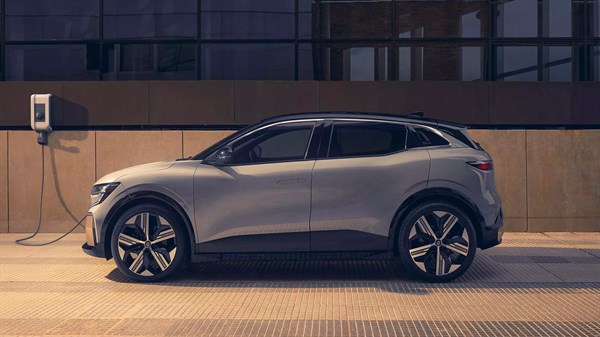The charging time depends on your vehicle and the charge type. You can recover up to 300 km of WLTP driving range in 30 minutes using rapid charging with Megane E-Tech 100% electric.
To take full advantage of quick charging, we recommend charging the battery only when your remaining driving range is less than 20% and to stop at the maximum value of 80%.
Charging costs vary depending on the operator. Billing methods also vary, either charging per kW or by charging time (at quick charge stations).
For optimal charging when travelling, the route planner proposes the best possible journey, taking into consideration the battery, the vehicle’s remaining driving range, road conditions, and the availability of charging stations (types of stations and their rates). For example, with the route planner on Megane E-Tech 100% electric*, depending on how you programme your route, you can condition the battery to make rapid charging as efficient as possible.

